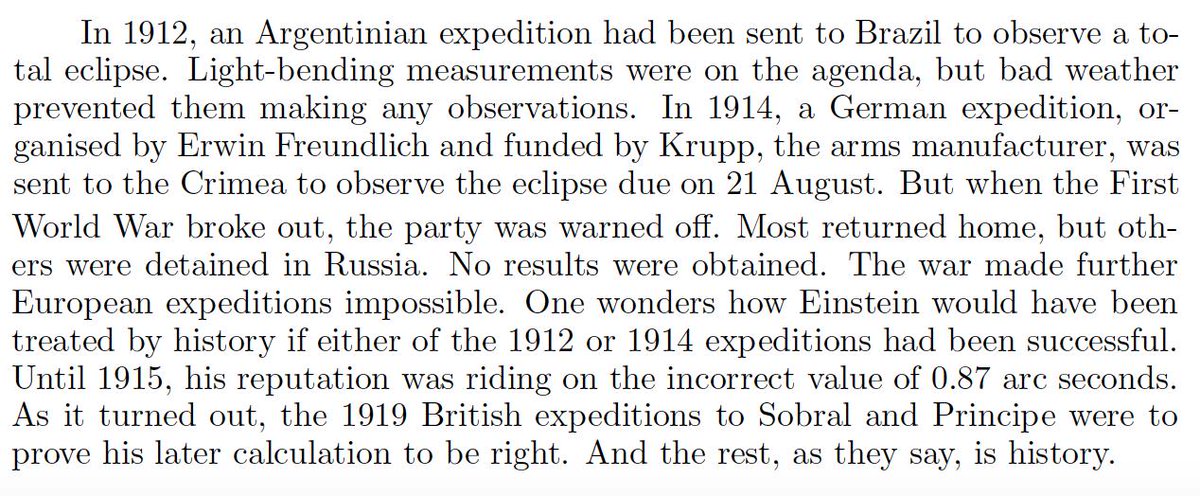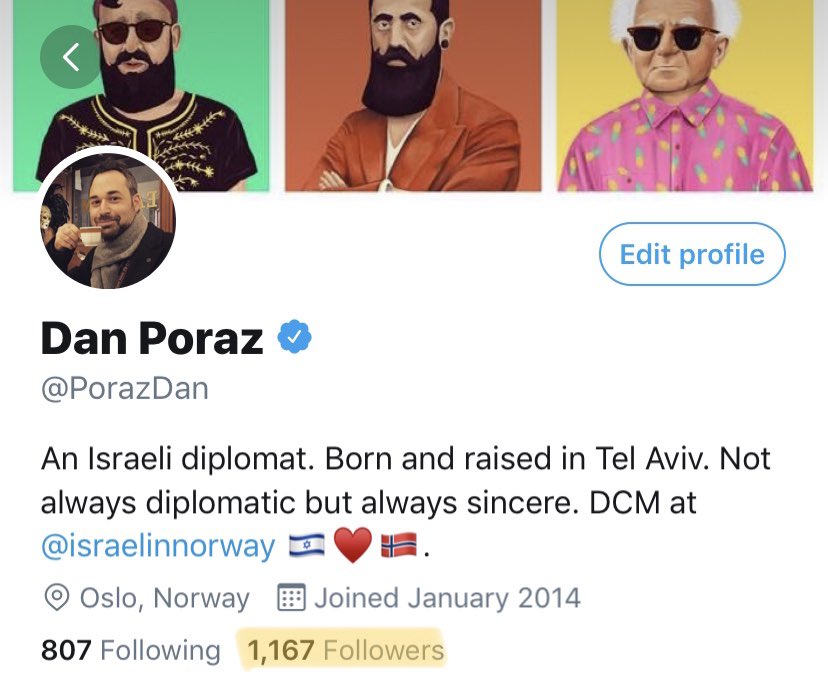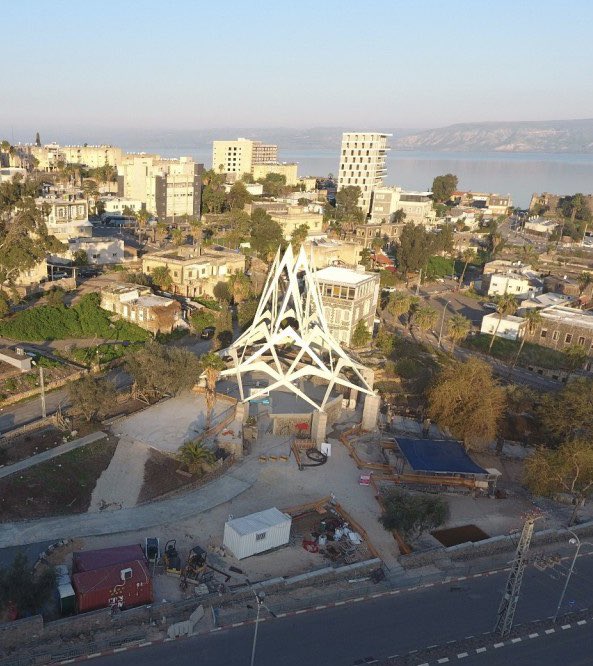🌟〰️〰️〰️〰️〰️〰️〰️🔭✅
🔁
🌟 〰️〰️
⭐️〰️〰️〰️ 🌞 〰️〰️〰️🔭❓
🌟 〰️〰️
🔁
🌟 〰️〰️
⭐️〰️〰️〰️ 🌞 〰️〰️🌚🔭✅
🌟 〰️〰️
#1919Eclipse
A summary of events courtesy of @telescoper's paper arxiv.org/pdf/astro-ph/0…

spacetelescope.org/images/potw140…

Get real-time email alerts when new unrolls are available from this author!
Twitter may remove this content at anytime, convert it as a PDF, save and print for later use!

1) Follow Thread Reader App on Twitter so you can easily mention us!
2) Go to a Twitter thread (series of Tweets by the same owner) and mention us with a keyword "unroll"
@threadreaderapp unroll
You can practice here first or read more on our help page!






